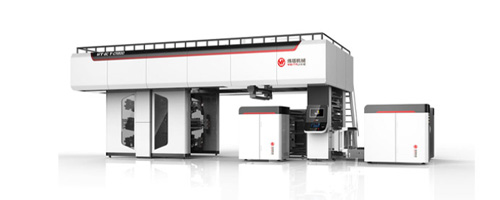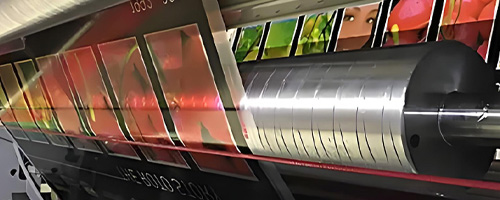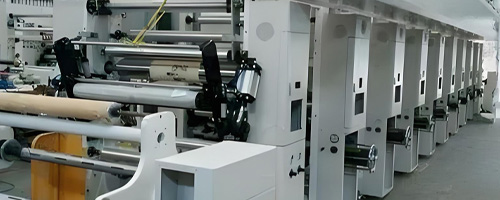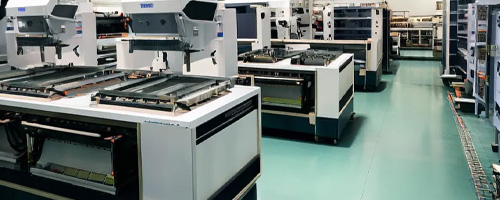 RU
RU
 EN
EN
 CN
CN

Position:HOME > Ink Knowledge

The pattern on the printing plate is prominent, the blank place is concave, through the anilox rollers to transfer ink, generally printed with water-based and UV inks, can reach 400 meters per minute. Flexographic printing is also a kind of letterpress printing.

The printing pattern on the surface of the printing plate is concave, the blank space is protruding, the printing ink layer is very thick, the color is bright, the line is clear, and the saturation is high. Solvent-based ink and water-based ink are available!

The graphic part and the blank part is in the same plane, to the surface of the printing plate inking, only the graphic part of the adsorption of ink, plate work is simple, low cost, suitable for large quantities of printing, mainly using solvent-based inks.

The printing plate consists of a number of small sieve holes, non-graphic part of the mesh is coated with a photopolymer coating sealed, printing adaptability, thick ink layer, three-dimensional sense of strong, bright colors, mainly solvent-based ink.
Can thermochromic ink be used for screen printing? Learn how to screen print with color-changing ink, including mesh size, curing, substrates, and Starcolor's custom ink solutions.
Jul 04 2025
Learn about the temperature ranges of thermochromic inks, including activation points, common uses, and how to choose the right ink for your product. Custom formulations available from Starcolor.
Jul 03 2025
Discover practical techniques to increase the durability of thermochromic inks in printing applications. Learn about UV protection, curing methods, and Starcolor's advanced ink systems.
Jul 02 2025
Learn the key differences between matte and high gloss water-based varnishes. Discover which finish best suits your printing and packaging needs with eco-friendly options from StarColor.
Jun 30 2025
Are low migration UV varnishes compliant with FDA and EU packaging regulations? Learn how StarColor ensures compliance with food and pharma safety standards.
Jun 27 2025
Can water-based ink be used for offset printing? This article explores the application possibilities, technical challenges, and feasible solutions of water-based ink in offset printing, which is suitable for the fields of environmentally friendly packagin
Jun 26 2025
Discover effective strategies to prevent foaming in water-based inks during high-speed printing. Learn about causes, defoamer selection, and ink system optimization for consistent print quality.
Jun 25 2025
Learn how UV flexographic ink adheres to non-porous substrates like PET, PE, and foils. Discover StarColor’s high-adhesion UV inks and expert printing solutions.
Jun 24 2025
Learn how to choose the right ethylene oxide (EO) sterilization indicator ink for medical packaging. Discover key selection criteria including ISO compliance, color change stability, substrate compatibility, and safety standards.
Jun 23 2025
Learn the key precautions for UV ink printing on heat shrink films like POF, PVC, PET, and PE. Avoid cracking, distortion, and adhesion issues with the right ink, surface treatment, and curing settings.
Jun 20 2025